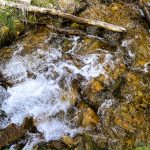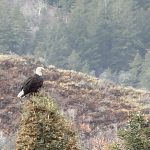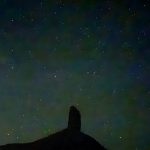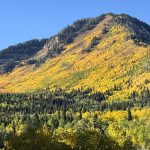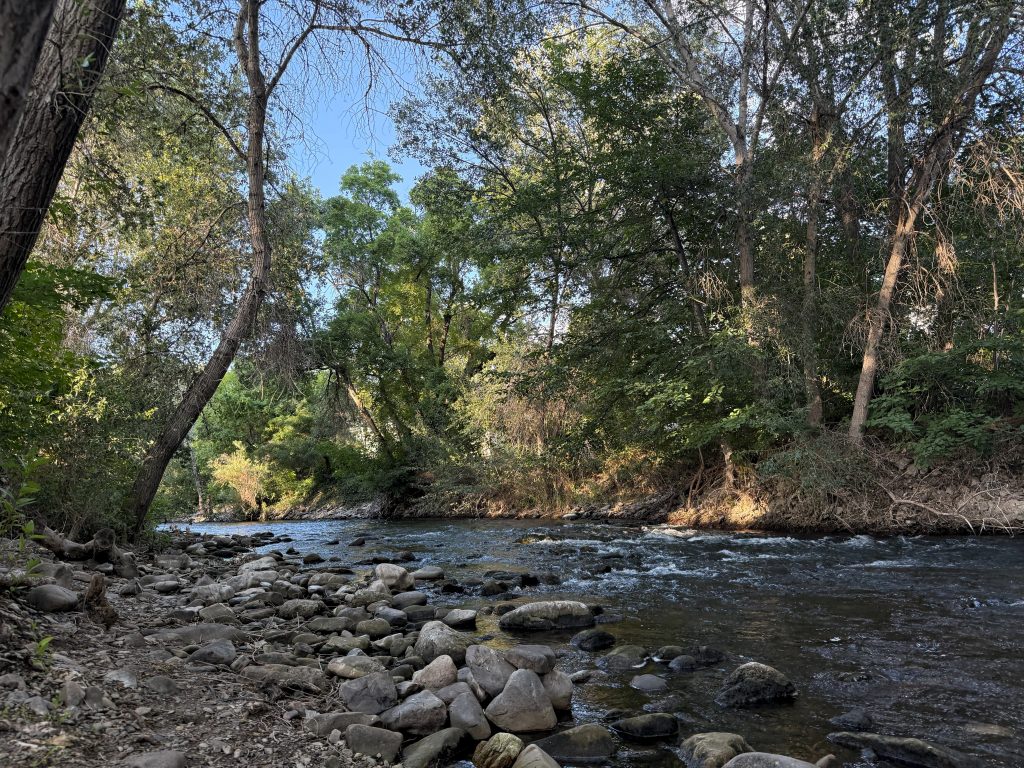 In the American West, water is never just water. It is inheritance, leverage, and law. It has been bought, sold, diverted, fought over, and rationed.
In the American West, water is never just water. It is inheritance, leverage, and law. It has been bought, sold, diverted, fought over, and rationed.
“Do unto those downstream as you would have those upstream do unto you,” Wendell Berry once wrote. In the West, that’s not just good theology. It’s survival.
Beneath the legal scaffolding and engineering marvels, a deeper question flows: who owns the water?
In Provo Canyon, springs slip quietly from limestone seams. Most travelers don’t notice them. Yet for over a century, these waters—and the tributaries from the North and South Forks—have sustained the cities and fields below. Much of the water that fills bathtubs in Orem or cools lawns in Vineyard begins its journey here. This water predates law, but now follows pipes and paperwork instead of gravity alone.
Western water law isn’t about proximity—it’s about precedence. In the humid East, riverside landowners share the flow. But in the West, it’s “first in time, first in right.” Whoever diverted water first, and used it well, won the claim—no matter how far from the source. I explored this tension more fully in The Meadowlark, where early settlers in Idaho’s Upper Snake River Valley built irrigation systems by hand, turning high desert into farmland through grit and grace. The principle was the same then as now: where there is no water, there is no town. Cities like Salt Lake—and towns north of Utah Valley—still benefit from this logic. Through a network of federal diversions, they pull water from the Provo River via the Murdock Canal, a century-old feat now pressurized and buried. Not proximity but paperwork determines who gets to drink.
The rhythm of mountain snowpack has shifted. What once melted gradually now vanishes in bursts. This year—marked by another dry winter and a dwindling snowpack in the Wasatch and Uintas—the strain is visible. Reservoir levels sag. By midsummer, Jordanelle and Deer Creek had released over 12% of their upstream storage, leaving behind a familiar and growing bathtub ring. Dust lifts earlier. Fire danger climbs. In the East, drought is a brief interruption. In the West, it’s a baseline. So we build with that in mind—reservoirs, canals, deep wells, even seeded clouds—knowing that some years, water simply won’t come.
With more promises on paper than water in the rivers, the legal structure groans. Courts arbitrate disputes. Engineers model recharge. Meanwhile, aquifers—long seen as a backup plan—are sinking. It is against this backdrop that communities like Provo are trying something bold.
A few years ago, a park near my home was reshaped—not just for beauty, but for something more enduring. At first, the stream that meandered through it was lined, built for show. Later, the liner was removed. Test wells were drilled. Provo River water, guided into this channel, began recharging the aquifer. But nature resists our models. A neighbor’s basement began to flood. The water traced old channels no one had mapped—slipping through fault lines and unseen layers. What we meant to soak into the earth rose instead, uninvited, into someone’s home.
Water, like spirit, moves where it wills.
Jesus Christ spoke of living water. To the Samaritan woman at the well, He said, “Whoever drinks of the water that I shall give him will never thirst.” Not drawn from a stream or stolen through pipe, but given—freely, perpetually, and in abundance. He wasn’t speaking only of survival. He spoke of something deeper—a soul-deep renewal. In a desert, that offer holds weight.
We forget, sometimes, that open land alone can’t support a town. It needs water—or the means to bring it. We drive across vast, beautiful stretches and wonder why no one ever settled there. Then we pass a tiny town wrapped around a spring. Out here, water, not land, defines the boundary between dream and dust. And so we ask not just what we can engineer—but what we’re willing to preserve, protect, and pass forward.
To own water is legal. But to carry it, share it, and pass it on—that takes something else.
That takes humility.
That takes faith.
And maybe, just maybe, it takes grace.
We were never meant to own the river. Only to receive its flow, tend it wisely, and leave enough—clear, cold, and life-giving—for those downstream, today and tomorrow.

